Hauling square bales using a semi-trailer involves specific techniques, equipment considerations, and safety protocols. This guide will equip you with the essential knowledge to transport your square bales efficiently and effectively. From selecting the right semi-trailer to securing your load properly, we’ll cover every crucial aspect to ensure that your bales reach their destination safely and economically.
Understanding Your Trailer Options
When it comes to hauling square bales, your choice of trailer is paramount. It impacts not only your capacity but also your efficiency, safety, and overall operation costs. Here are some key trailer types suitable for this task:
| Trailer Type | Advantages | Disadvantages |
|---|---|---|
| Flatbed Trailer | Versatile and easy loading/unloading. | Requires additional strapping for load. |
| Enclosed Trailer | Offers protection from weather elements. | Limited loading height. |
| Step Deck Trailer | Lower loading height for tall bales. | May have reduced overall length available. |
| Gooseneck Trailer | Better maneuverability and stability. | Requires a specific hitch type. |
Flatbed Trailers
Flatbed trailers are the most commonly used for hauling square bales. They allow for easy loading and unloading, and workers can stack bales efficiently. An important consideration with this type of trailer is securing the load properly to prevent movement during transit.
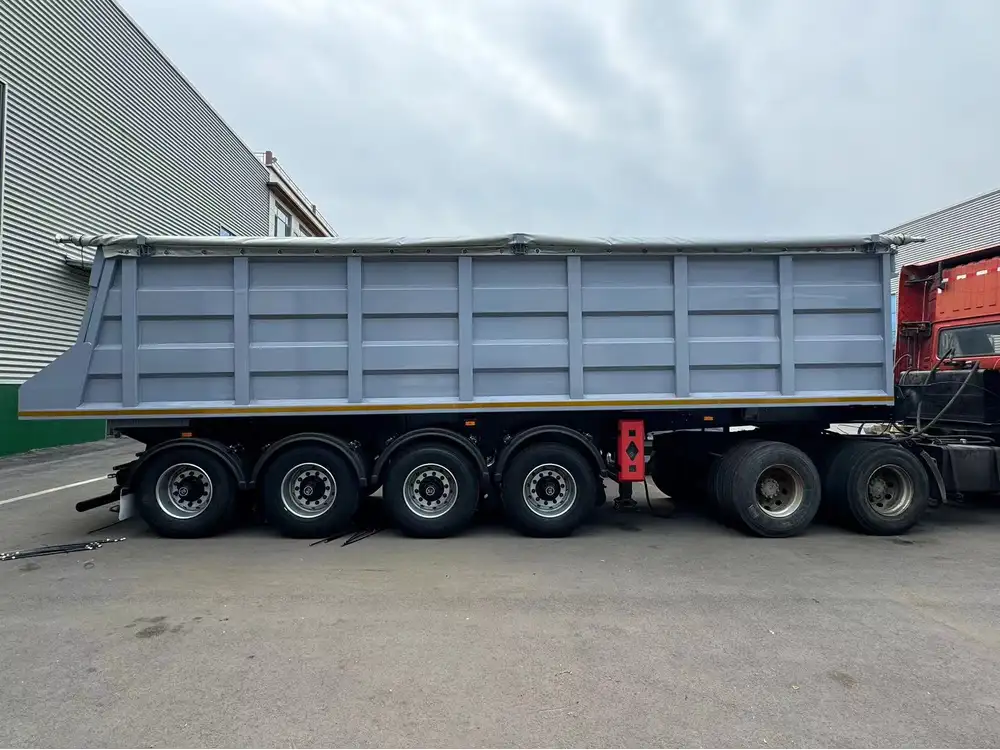
Enclosed Trailers
While enclosed trailers provide protection against the weather, they may restrict the loading height of square bales, causing potential issues when stacking or removing bales.
Step Deck Trailers
These are advantageous for transporting tall stacks of bales, as they feature a lower deck height, allowing easier access without risking damage to the bales or the truck.
Gooseneck Trailers
Goosenecks are ideal for farmers and those needing improved control over maneuvers. While they require a special type of hitch, their stability during transportation becomes an essential safety feature that’s hard to overlook.
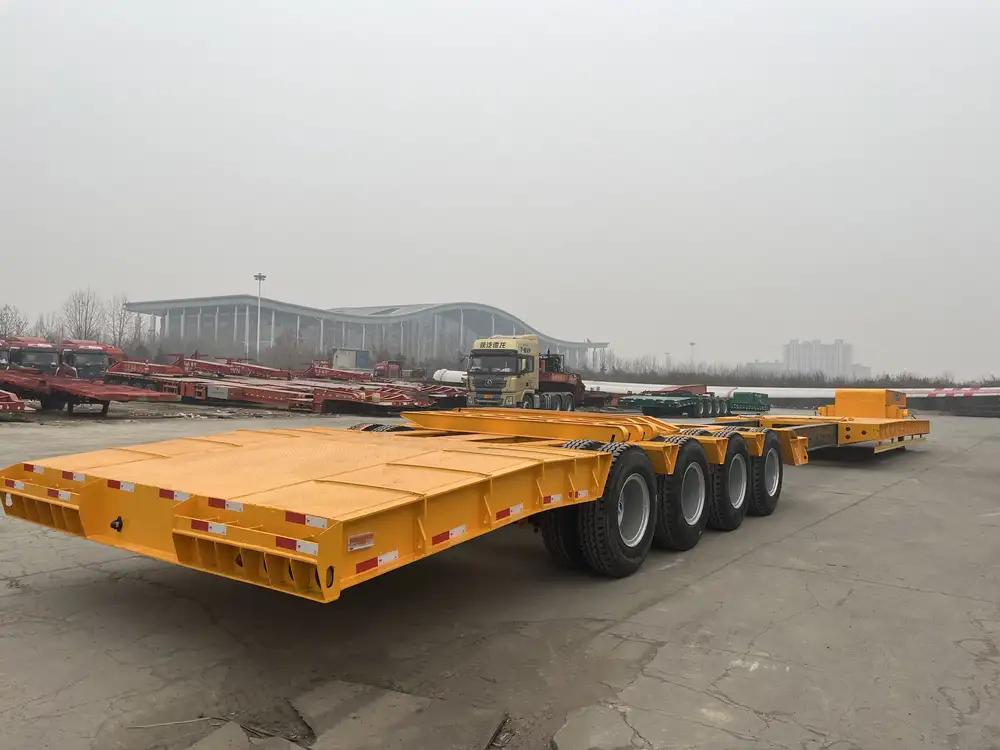
Preparing Your Load: The Anatomy of Secure Stacking
The effectiveness of hauling square bales lies in the way they are loaded and secured. We recommend following a structured approach while stacking your bales:
Tips for Properly Stacking Square Bales
- Select the Right Location: Ensure you’re operating on level ground for stability during loading.
- Create a Stable Base: Begin by placing bales in a solid arrangement, often best in a cross-stacked pattern that reduces movement.
- Layering Technique: Alternate the direction of each layer. This method increases friction and overall stability.
- Use Dunnage: Include dunnage materials like wooden boards between layers to help disperse weight and prevent slipping.
Securing the Load
After stacking, you should use the following methods to secure your bales effectively:
- Straps: Use ratchet straps designed for heavy loads. These are crucial for minimizing lateral movements.
- Tarpaulins: Consider using tarpaulins in adverse weather conditions to protect your load from rain or wind.
- Tension: Ensure that your straps are tightly secured without over-tightening, which could damage the bales themselves.
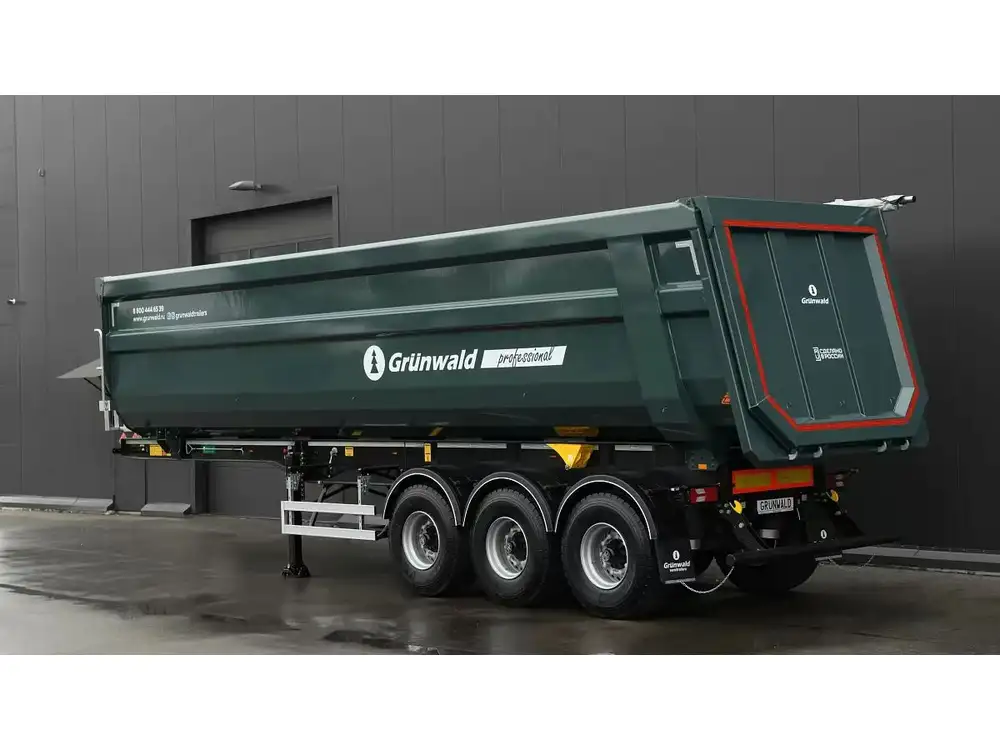
Legal Considerations in Transporting Bales
Transporting square bales isn’t just about loading them onto a trailer and hitting the road. It’s essential to comply with legal standards to avoid fines or penalties.
Weight Limits and Regulations
- Understand Your Limits: Check local regulations regarding weight limits for hauling. Most states have different thresholds depending on the type of road.
- Obtain Permits: If your load exceeds standard weight limits, make sure to obtain the necessary permits before transit.
Height Restrictions
Assuring that your load adheres to the height regulations is crucial. Most states have a maximum height limit of around 13.5 feet when transporting loads on public highways. Always measure your load before departure.
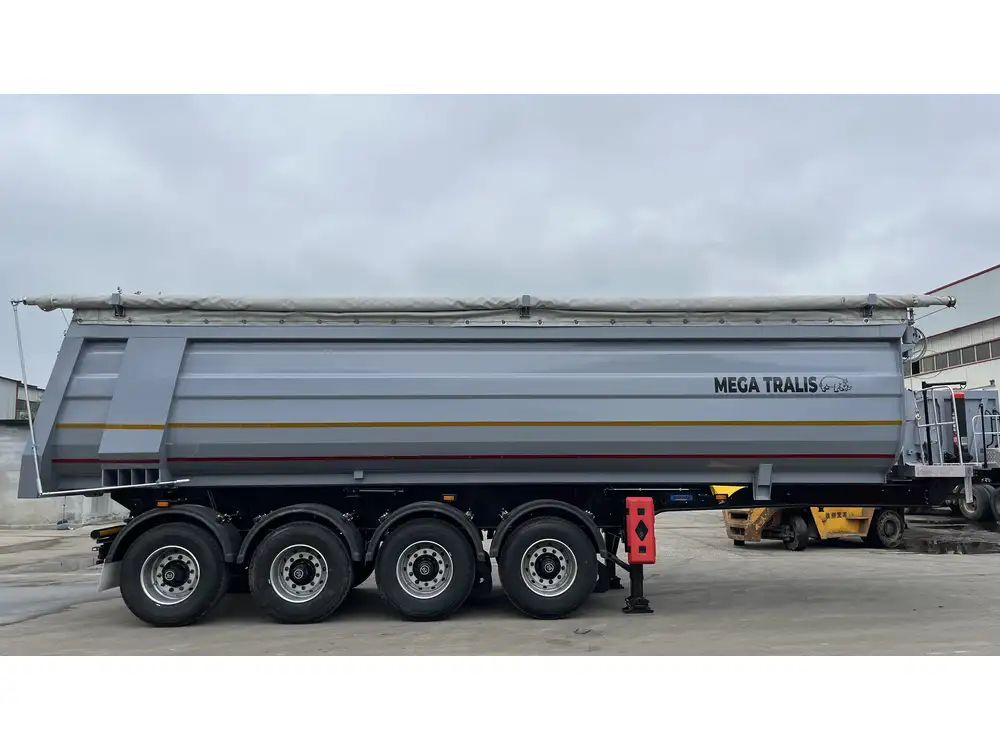
Safety Precautions When Hauling Square Bales
Safety is paramount when hauling any type of cargo. When it comes to square bales, you should adhere to the following safety protocols:
Vehicle and Equipment Checks
Before setting off, ensure that your semi-trailer and hauling vehicle are in optimal working condition:
- Tires: Ensure proper inflation and tread depth.
- Brakes: Test braking systems extensively.
- Lights: Functionality checks on trailer lights and indicators.
Driving Techniques
When transporting bales, it’s vital to adopt safe driving practices:
- Maintain a Steady Speed: Rapid acceleration or heavy braking can shift the load, leading to a potential loss of control.
- Increased Stopping Distance: Due to the weight of your load, always increase your following distance.
- Watch for Road Conditions: Be cautious of sudden weather changes or rough terrain which could affect your load’s stability.

Best Practices for Loading and Unloading
Efficient loading and unloading processes can minimize damage and save time. Here’s how:
Loading Process
- Use Proper Equipment: Utilize forklifts or skilled labor to lift bales onto the trailer.
- Load Strategically: Place heavier bales on the bottom and lighter ones on top to maintain stability.
- Check Balance: Ensure the weight is evenly distributed across the trailer to avoid potential tipping hazards.
Unloading Process
- Team Assistance: It’s wise to have a team present during unloading to ensure safety.
- Controlled Movement: Unload the bales from the back to prevent a sudden shift in weight that could cause the trailer to tip.
- Clear the Area: Ensure that the vicinity where unloading is happening is clear of any obstacles or hazards.
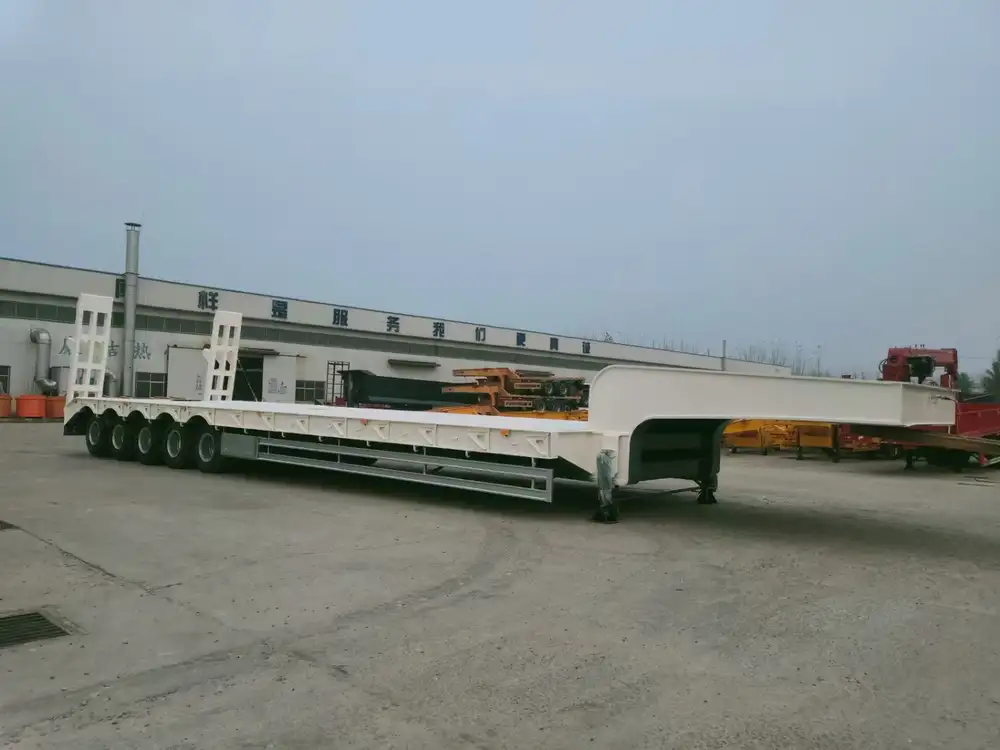
Troubleshooting Common Issues
In the process of hauling, certain challenges may arise. Being prepared for these can make all the difference:
| Problem | Solutions |
|---|---|
| Bales Shifting During Transport | Check straps and re-secure the load. |
| Load Balance Issues | Re-evaluate the stacking pattern and redistribute weight. |
| Damage to Bales | Ensure that loading and unloading practices are followed meticulously. |
Conclusion: Mastering the Art of Hauling Square Bales
Transporting square bales via a semi-trailer requires foresight, planning, and attention to detail. By selecting the appropriate trailer, mastering the art of loading, adhering to safety regulations, and implementing best practices throughout your journey, you’ll be well on your way to becoming proficient in this essential agricultural task.
Engaging in these practices not only ensures the integrity of the bales but also enhances efficiency and minimizes risks on the road. With careful attention and structured processes in place, you can streamline your operations and elevate your hauling game to the next level.



